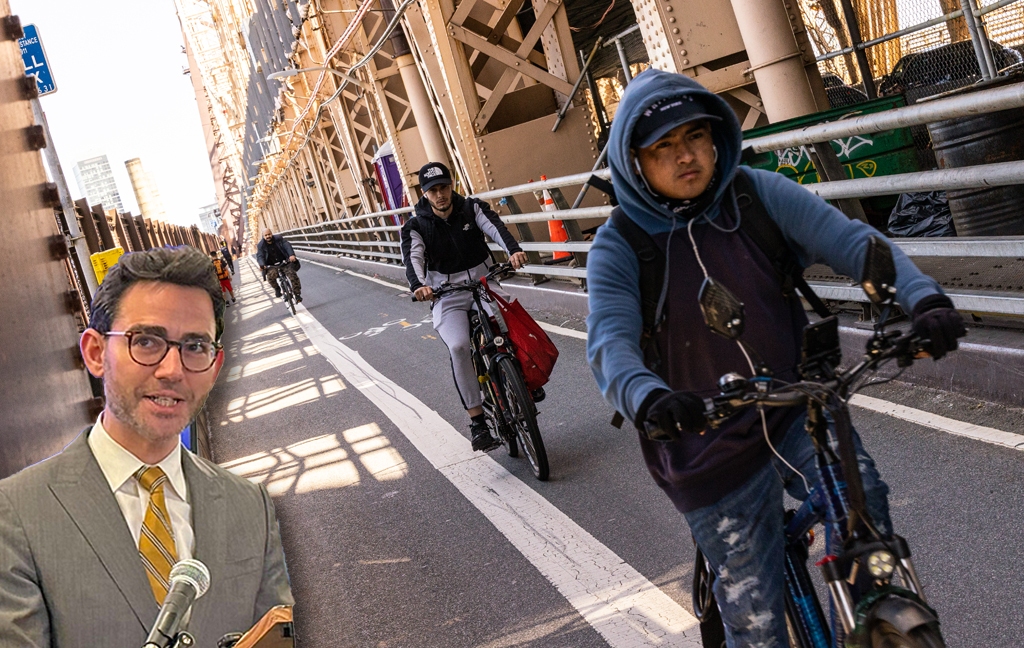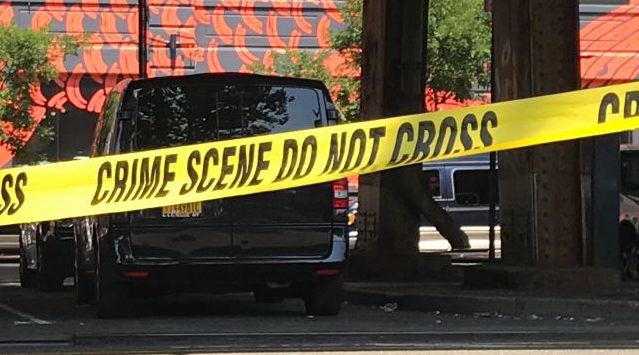Here's the thing about subsidies: They encourage people to do more of something than they would have under normal circumstances.
That's okay if the activity the government is subsidizing creates an overall benefit for society -- like better educated kids, or a cleaner environment.
But if said subsidy encourages behavior detrimental to society, well, that's just bad policy.
I guess it shouldn't be surprising then that President Obama's Cash for Clunkers program -- which paid people to buy more fuel efficient cars -- is being described as a failure.
According to a recently revised evaluation [PDF] from the environmental group Resources for the Future, the program did little to improve the efficiency of the nation's private auto fleet.
Erica C. Barnett at Network blog PubliCola explains:
According to the report, “the average fuel economy was only 0.65 miles per gallon better than it would have been among newly purchased cars had the program never existed.” Additionally, 45 percent of the new-car buyers who took advantage of the program would have bought new cars anyway, the study found.
The program, the WSJ notes, set the bar for “fuel-efficient new cars” incredibly low—so low that auto owners could get a $3,500 rebate for trading in an 18-mpg “clunker” for a 22 mpg replacement. (The $4,500 rebate kicked in with a 10-mpg fuel-economy improvement.) SUVs, of course, had even lower standards.
Barnett borrows from a Wall Street Journal report that predicted the underwhelming result:
The problem with all this, as Duke’s Bill Chameides pointed out last month, is that making a new car produces, on average, about 6.7 tons of carbon dioxide. By his calculations, it would take at least five years to “pay off” the environmental impact of building the new car with a 22-mile-per-gallon purchase. That SUV might be even worse—the estimated payback time is almost 20 years.
Imagine if the government had put that money into shoring up the nation's shell-shocked public transportation systems. We could be seeing better environmental results, as well as better financial returns.
Elsewhere on the Network today: Steven Can Plan expounds on the Netherlands mobility education program featured by Streetfilms yesterday, which trains young children how to share the road with bicycles and pedestrians. Cycle Fun Montreal instructs readers on how to dress for wintertime cycling. And Rebuilding Place in the Urban Space wonders when colleges will begin to understand the wrongheadedness of subsiding driving through parking.






